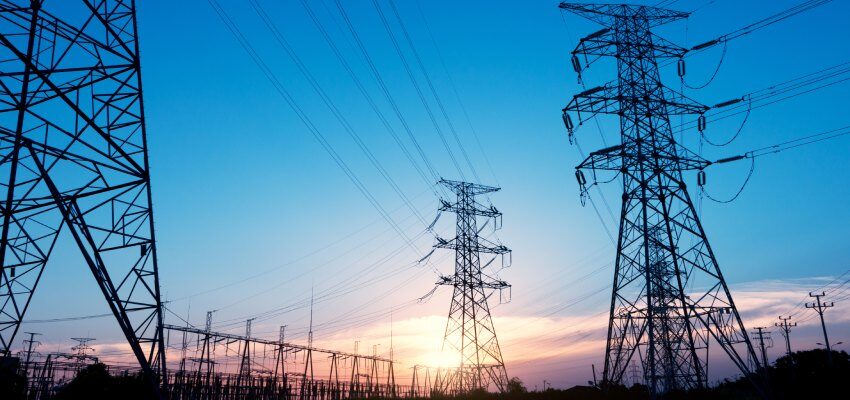
The importance of unifying physical security within the energy sector
The systems, networks, and assets that make up a nation's critical infrastructure must be kept up and running.
bySteve Green

The systems, networks, and assets that make up a nation’s critical infrastructure must be kept up and running to ensure the health, safety, and prosperity of its citizens. Countries all around the world recognise the importance of protecting their critical infrastructure and invest heavily to secure its continued operation.
In the UK, the National Cyber Security Council (NCSC) identifies 13 critical national infrastructure sectors whose loss or compromise would have a debilitating effect on the country. These sectors include food, water, health, nuclear, transport, and energy [1].
The energy sector, however, is the enabling infrastructure for all the other sectors. It supplies energy, including fuel, to the transportation industry and electricity to businesses and households. When it fails, the impact is felt across the entire economy and wider society. It has become the foundation of so many of our day-to-day activities.
As a uniquely critical sector, energy requires special consideration with regards to physical security, especially as the unique make-up of a national power distribution and transmission network throws up some unusual and challenging situations. Not only do you have to consider a mix of geographically remote and fragile locations such as pylons and towers, but also vulnerable sites like sub-stations and generation plants. The move to decarbonise the sector through the introduction of renewable technology has also added an additional layer of complexity in regard to security.






